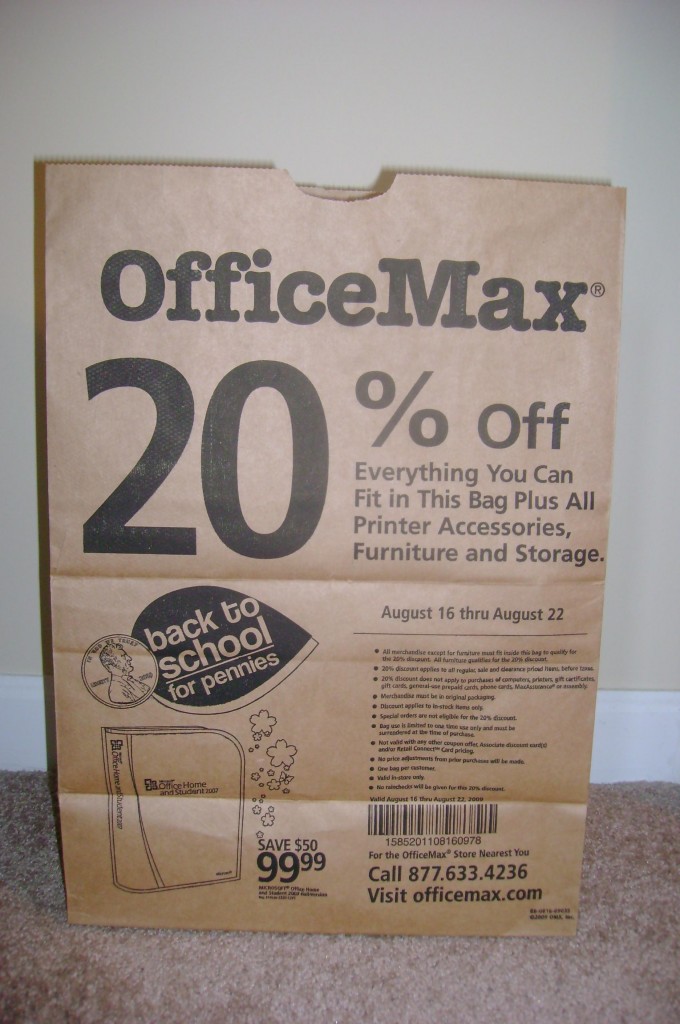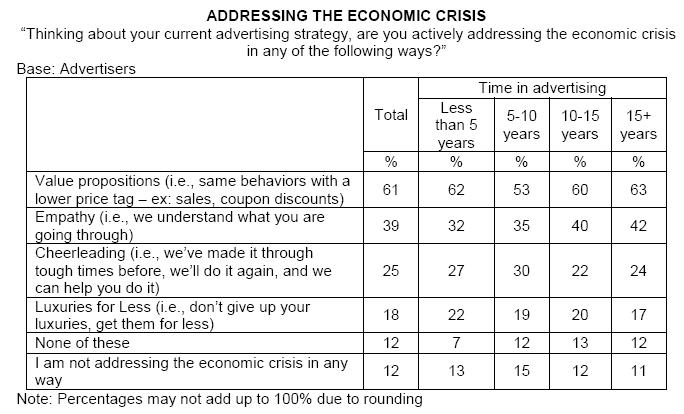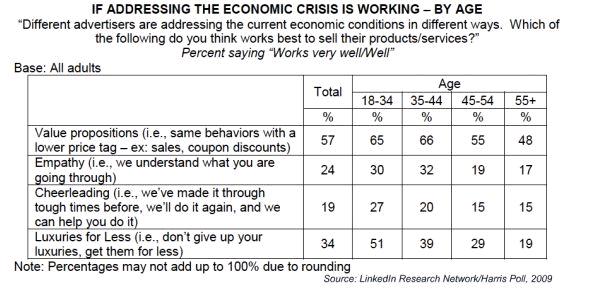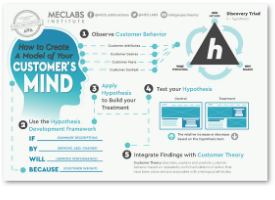Localizing National Ad Campaigns
National brand marketers are in a challenging position as the power of localized marketing shows positive results. Some marketers need to reach large audiences through nationwide advertising, which makes it hard to localize the ads.
Alistair Goodman, CEO, 1020 Placecast, and his team strive to overcome this challenge–particularly for driving traffic to nearby brick-and-mortar stores. They help marketers run campaigns that are able to detect a consumer’s location and customize the ads to include localized elements.
“An advertiser can run a national campaign but actually create a large amount of local relevance,” Goodman says.
When building a campaign, Goodman’s team first asks marketers for:
o A list of the physical store addresses to which they want to drive traffic
o A profile of their target audience
o The goals of the campaign
This information helps narrow down the exact location of the campaign’s target audience, and helps guide the design of the localized ad. The ad will likely have some consistent elements — such as a product image — and some interchangeable elements — such as a city name, local imagery, or the address of a nearby location.
Knowing which regions to target, the team then finds publishers that have localized content for those regions.
“We create a network of publishers that have what we call location-specific content, where we can apply our approach to targeting,” Goodman says.
These publishers might be local classified, news or events websites. Other publishers, such as travel, weather, and real estate sites, operate nationally but deliver localized content. Visitors to these sites identify themselves as either residing in or interested in certain areas.
Goodman’s team recently worked with Avis Rent A Car to drive people to Avis’ off-airport locations. They were able to create a national campaign that connected ad viewers with the nearest Avis center.
The ads they displayed on regular websites encouraged viewers to click to see a map or book a car. The ads they displayed on mobile websites encouraged viewers to click to call the nearest Avis center.
The team did A/B testing of the localized ads vs. non-localized ads. They saw a 50% higher clickthrough rate on the customized Web ads and a 124% higher click-to-call rate on the customized mobile ads, Goodman says.
“When you’re able to develop a relevant message, you’re able to achieve much stronger results.”













